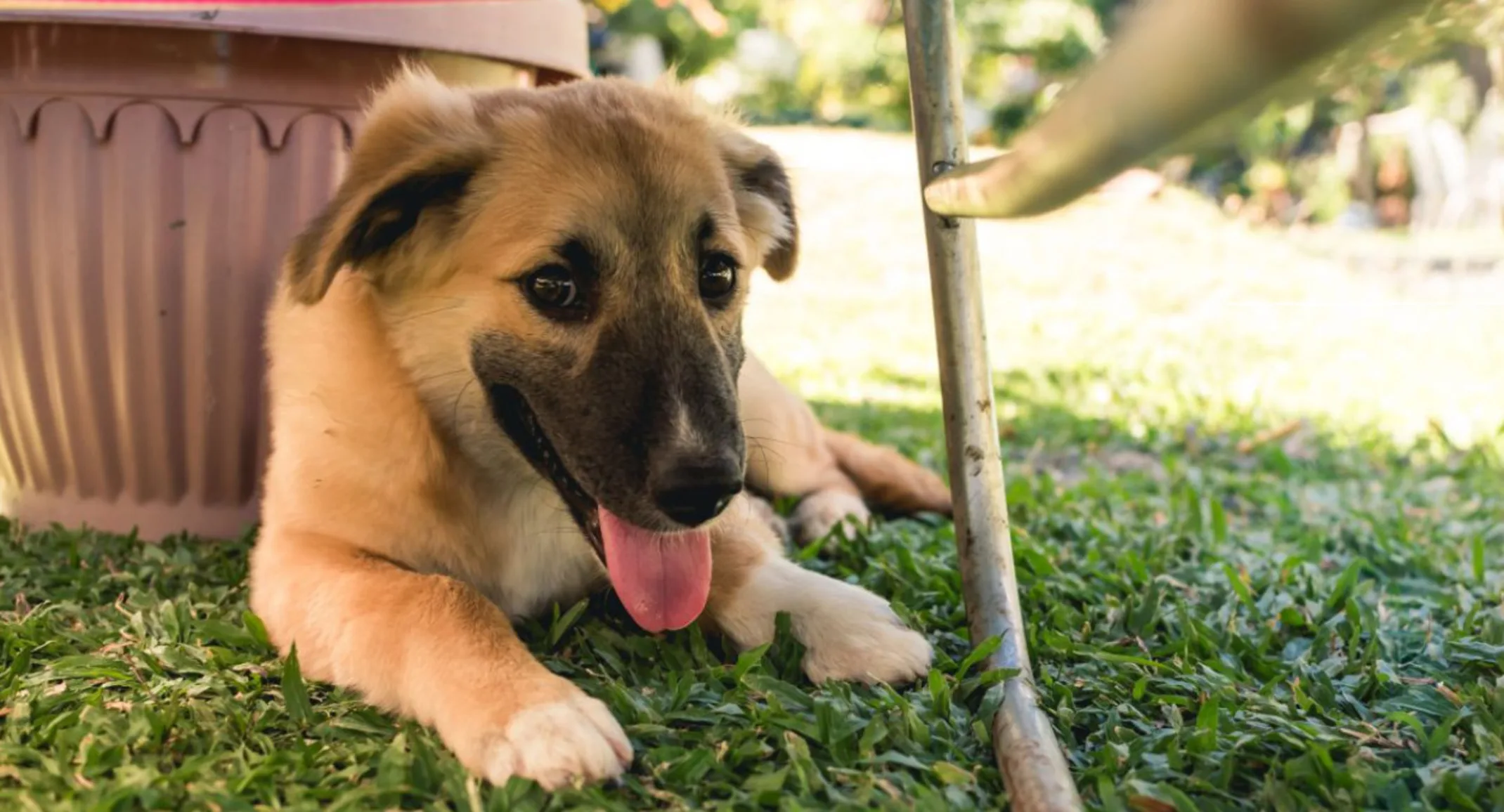Tibial Plateau Leveling Osteotomy: The Gold Standard for Cranial Cruciate Ligament Repair
For Pet Owners

At MissionVet, we pride ourselves on providing the best treatments available for your pet’s illness and injuries. Our surgeons receive advanced training to provide pets with the most progressive surgical procedures available, including treatments for cranial cruciate ligament (CrCL) disease. MissionVet’s is skilled at returning pets with this debilitating condition to normal function, so they can enjoy many more years of playing fetch and romping through the park.
CCL Function in Dogs
Your dog’s CrCL is one of the most important stabilizing structures of her knee, or stifle, joint. With the caudal cruciate ligament, the CrCL forms an X-shaped arrangement that connects the femur and tibia preventing excessive joint movement. In humans, the CrCL is referred to as the Anterior Cruciate Ligament (ACL), and athletes commonly suffer injuries that require surgical correction.
CCL Injury in Dogs
CrCL injury, or rupture, is a complex condition that typically involves long-term ligament degeneration prior to the injury that causes acute lameness. Commonly, a dog who is playing fetch or frisbee lands wrongly on her back leg and becomes suddenly lame. Although many owners believe their dog’s tear resulted from one mis-step, the ligament was likely wearing down for weeks or months, and landing wrongly was the final straw. CrCL injury can involve a partial or complete ligament tear, although partial tears eventually progress to complete tears. Since CrCL disease is a progressive condition, 40% to 60% of affected dogs will also develop ligament degeneration in the opposite knee.
CrCL disease is caused by a combination of factors, including:
Genetics
Breed
Obesity
Musculoskeletal configuration
Activity level
While any dog can experience CrCL disease, a higher incidence is observed in particular breeds, including:
Labrador retriever
Golden retriever
Newfoundland
Rottweiler
German Shepherd
Staffordshire terrier
CrCL disease is most common in large-breed dogs, but can occur in any dog, and rarely affects cats.
CCL Injury Signs in Dogs
Dogs with CrCL injury suffer from lameness, with varying duration and intensity. Since CrCL disease often involves progressive ligament degeneration, your dog may exhibit mild lameness before a sudden worsening; however, many dogs become acutely lame without showing previous signs. Dogs typically show non-weight-bearing lameness on the affected leg after injury, and hold the leg up while walking, although lameness can improve to a mild limp in a short time.To better understand CrCL disease, and how we perform a TPLO surgery, watch this video.
Tibial Plateau Leveling Osteotomy for Dogs with CrCL Injury
Although many treatment options exist for CrCL disease, surgery has been proven to provide the best long-term outcomes for dogs. The CrCL cannot heal by being sutured or replaced with a graft, as in humans, so surgical procedures focus on altering knee joint biomechanics, so the ligament is no longer needed for joint stability.
The tibial plateau leveling osteotomy (TPLO) procedure involves a circular cut around the top of the tibia, and then rotating and reattaching the cut portion with a bone plate and screws. This changes the angle of the top surface of the tibia (i.e., tibial plateau) in relation to the attachment of the quadriceps muscle, and stabilizes the knee joint in the CrCL’s absence.
TPLO surgery has excellent long-term success in dogs, and complications are rare when the procedure is performed by our board-certified veterinary surgeons. While some degree of arthritis typically develops with CrCL injury, progression is minimized by TPLO repair compared with other treatment options.
TPLO Recovery in Dogs
Your dog’s knee joint will be more stable immediately after surgery, and she will be more comfortable placing weight on her leg; however, you must follow prescribed activity restrictions to allow the bone to heal properly. Your surgeon will provide you with specific instructions, but you can expect strict activity restriction for your dog after surgery, with a gradual return to normal activity over two months. Carefully following the veterinarian’s instructions is critical, to prevent complications or surgery failure.
If your family veterinarian has diagnosed CrCL disease in your dog, contact us to find out if TPLO surgery can get her back on her feet again.

